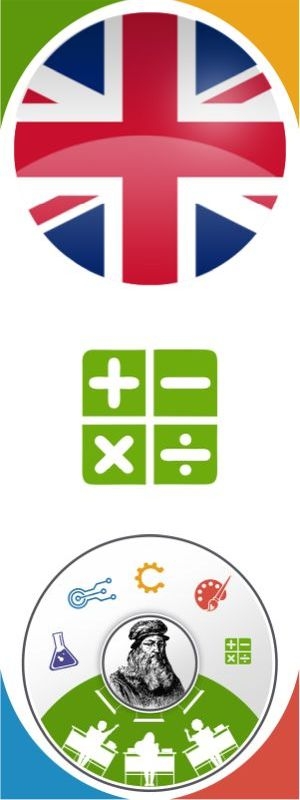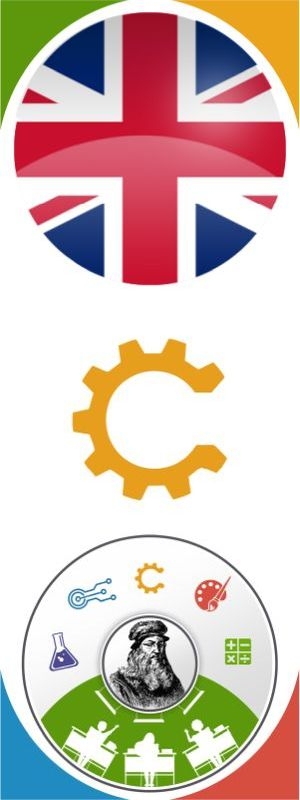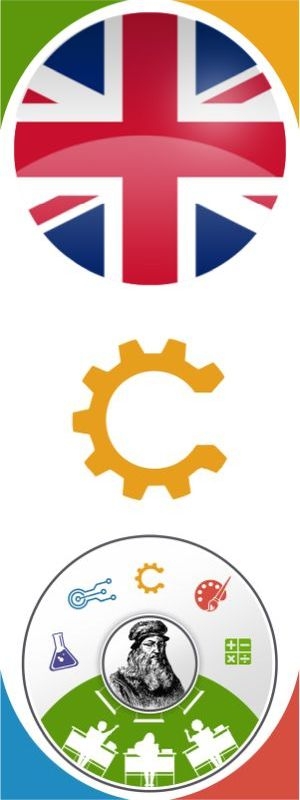Displaying items by tag: experiment
Wednesday, 05 June 2024 06:37
The Experiment of Eratosthenes
In Greek primary education there is no mention of Eratosthenes' method. Primary school students are taught at school that the shape of the Earth is “an oblate spheroid” by a series of impressive photographs of the Earth from space. This knowledge remains useless, if students do not engage themselves in "measuring the Earth" with simple mathematical calculations .
Additional Info
- Language English
- STEAM Fields Mathematics
- Age Group 12
- Difficulty Level Challenging
Published in
Scenarios
Tagged under
Tuesday, 04 June 2024 14:53
Technology Bets
This activity aims to create awareness among students about the use of lighting and sound
technologies. It provides an opportunity to seek solutions and utilize STEM skills. Students
develop skills in energy efficiency, technological innovation, problem-solving, and
communication, allowing them to explore the impact of technological advancements in their
daily lives. This activity encourages active participation in the field of STEM.
To explain the applications and importance of lighting and sound technologies to students.
To help students understand the basic principles of lighting and sound technologies.
To enable students to critically evaluate technological products.
To enhance students' problem-solving and creativity skills.
To encourage collaboration and communication skills through group work.
Additional Info
- Language English
- STEAM Fields Engineering
- Age Group 6, 7, 8, 9, 10, 11
- Difficulty Level Moderate
Published in
Scenarios
Tagged under
Tuesday, 04 June 2024 14:51
Adventures with Simple Machines: Rope and Ice Catching Game!
This activity aims to teach students how to measure time and design a sundial by observing the
movement of the sun and the formation of shadows. Students combine their scientific,
mathematical, and design skills by creating a sundial that operates based on the movement of
the sun. The activity focuses on direct observation, data collection, and analysis. It also helps
students understand the basic concepts of the sun's movement and the angle of sunlight,
fostering their interest in the sciences.
Additional Info
- Language English
- STEAM Fields Engineering
- Age Group 6, 7, 8, 9, 10, 11
- Difficulty Level Moderate
Published in
Scenarios
Tagged under










